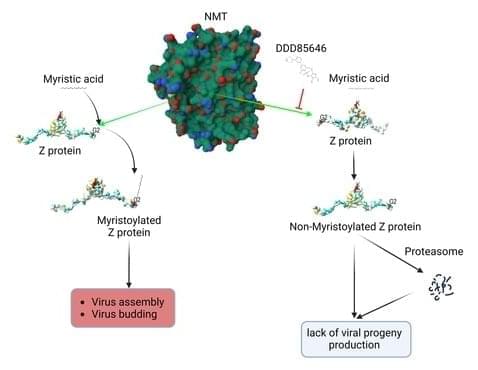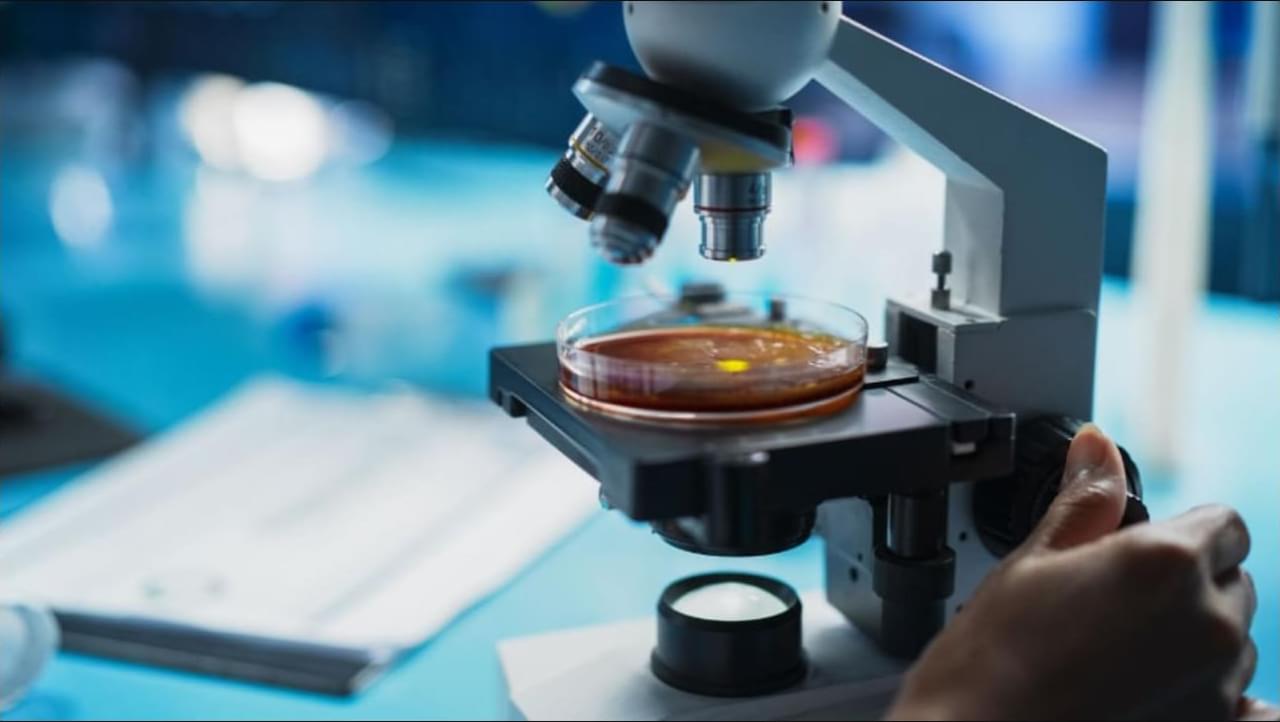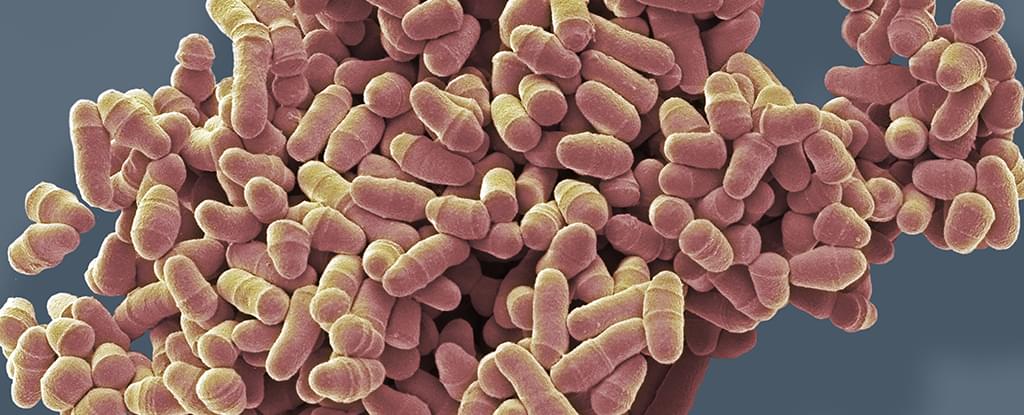The mammarenavirus matrix Z protein plays critical roles in virus assembly and cell egress. Meanwhile, heterotrimer complexes of a stable signal peptide (SSP) together with glycoprotein subunits GP1 and GP2, generated via co-and post-translational processing of the surface glycoprotein precursor GPC, form the spikes that decorate the virion surface and mediate virus cell entry via receptor-mediated endocytosis. The Z protein and the SSP undergo N-terminal myristoylation by host cell N-myristoyltransferases (NMT1 and NMT2), and G2A mutations that prevent myristoylation of Z or SSP have been shown to affect the Z-mediated virus budding and GP2-mediated fusion activity that is required to complete the virus cell entry process.








